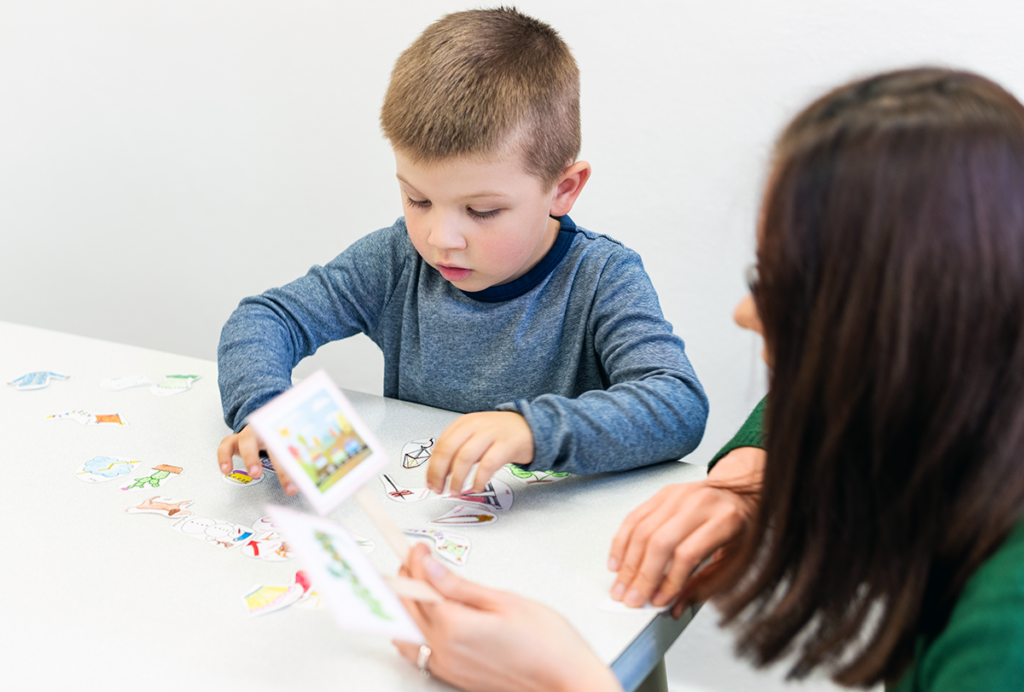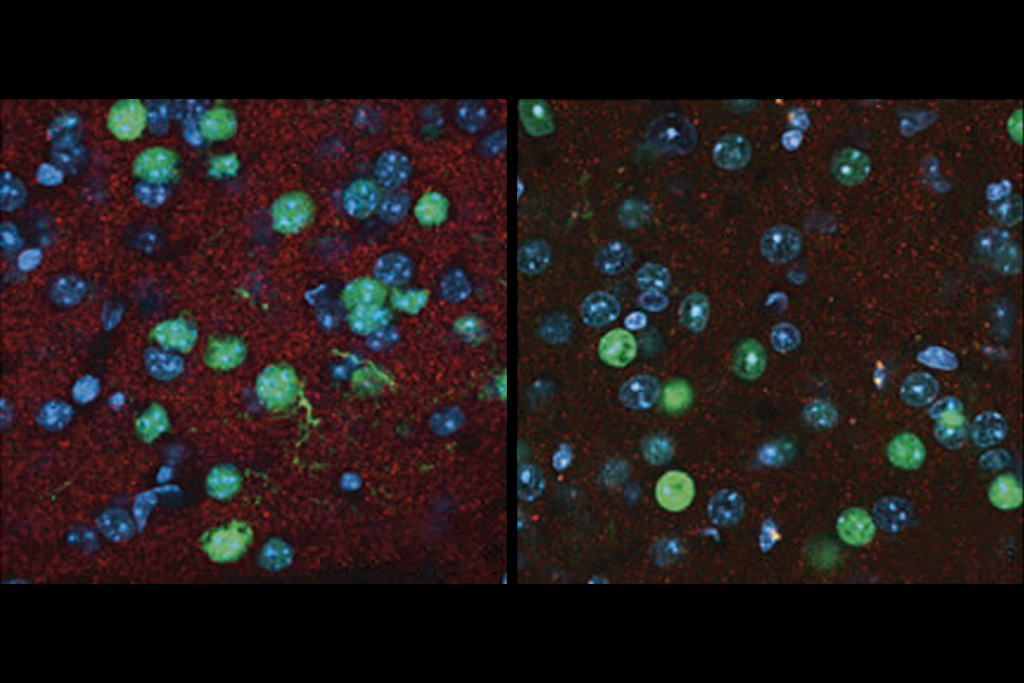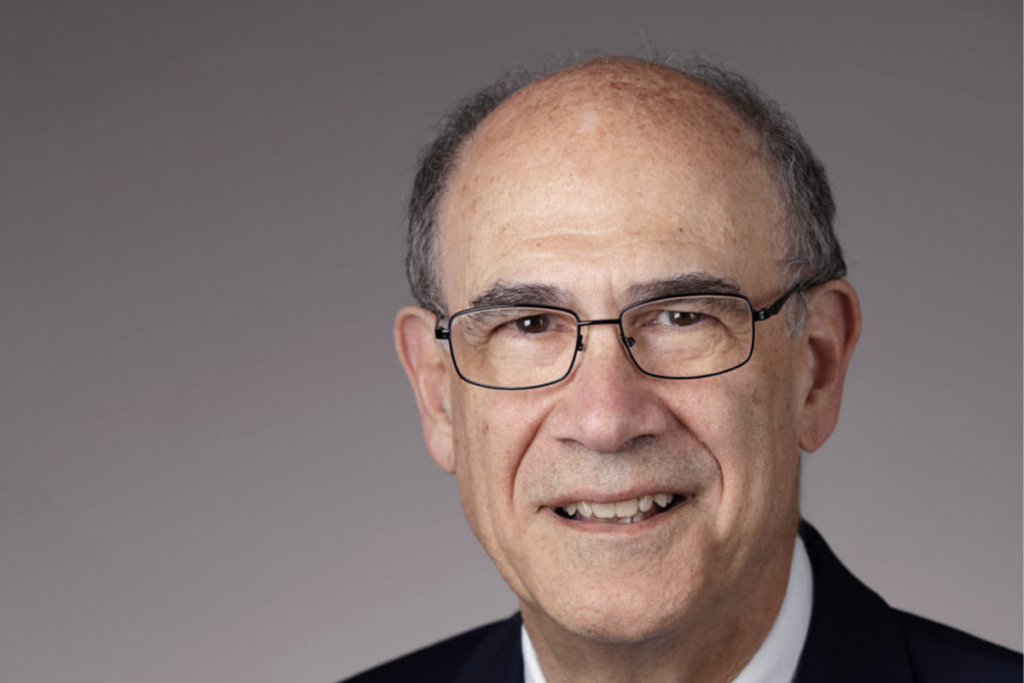Early motor problems linked to language delays in autism
Children with autism who have trouble learning to sit up, crawl or walk also tend to have difficulty learning to speak and understand words.
Children with autism who have trouble learning to sit up, crawl or walk also tend to have difficulty learning to speak and understand words1. The finding hints that early motor deficits may hinder language development in children with autism.
“Most of the time, when we’re talking about language development in autism, we’re not talking about language as a motor skill. We’re talking about language as a cognitive skill and a social skill,” says lead investigator Catherine Lord, director of the Center for Autism and the Developing Brain at New York-Presbyterian Hospital. “Those are two very important aspects of language, but there are also motor aspects.”
Some researchers assume that language problems among children with autism stem from a failure to understand, for example, the purpose of communicating or how sounds can convey meaning, Lord says. But studies hint that language grows in part out of the ability to move. Large movements allow children to explore their environments, creating opportunities for social interaction, and studies of typically developing children show that early walkers tend to be early talkers2.
A few small studies have hinted at a link between gross motor skills and language development in autism. The new study, published 22 December in Autism Research, solidifies this connection by examining it over time in a large number of children.
Language lag:
The researchers used standardized tests to assess the motor and cognitive skills of 158 children with autism and 51 suspected of having the condition at age 2, and asked parents to recall the age at which their child began walking. They also evaluated each child’s language abilities at ages 2, 3, 5 and 9 years using a parent questionnaire.
An initial analysis suggested that children who walked late were relatively slow to speak or understand certain words. But this link did not hold up when the researchers controlled for the children’s differences in overall gross motor skills, cognitive ability and autism symptom severity.
The researchers then looked at the relationship between gross motor skills and rate of language development. They found that children with the lowest scores on tests of motor abilities at age 2 had slower language development than children with better motor skills. This link remained even after the researchers controlled for differences in walking onset, cognitive ability and autism symptom severity.
The findings suggest that walking per se does not account for the association between gross motor skills and language development, says Rachael Bedford, a postdoctoral fellow at King’s College London. “It could still be walking, but it’s likely to be other things as well.”
Learning opportunities:
Though the mechanisms underlying the link between gross motor skills and language development are not known, Bedford says developing gross motor skills may create language-learning opportunities. For example, the transition from crawling to walking frees children’s hands to gesture and point to objects, and enables them to move toward objects or people that interest them.
If gross movements pave the way for learning language, then improving motor skills might have unexpected benefits on communication skills, says Jana Iverson, professor of psychology at the University of Pittsburgh, who was not involved in the work.
“People have thought that motor skills are something that kids need physical therapy for, and we think of physical therapy as traditionally involving strengthening of muscles and improving coordination and things like that,” Iverson says. But she says that through such therapy, “you’re not just addressing problems with motor skills, you’re actually creating learning opportunities.”
References:
Recommended reading

Genetic profiles separate early, late autism diagnoses

SHANK3 deficiency and behavior in mice; and more

Autism scientists push back on CDC’s inaccurate vaccine claims
Explore more from The Transmitter

To persist, memories surf molecular waves from thalamus to cortex

Sex hormone boosts female rats’ sensitivity to unexpected rewards
